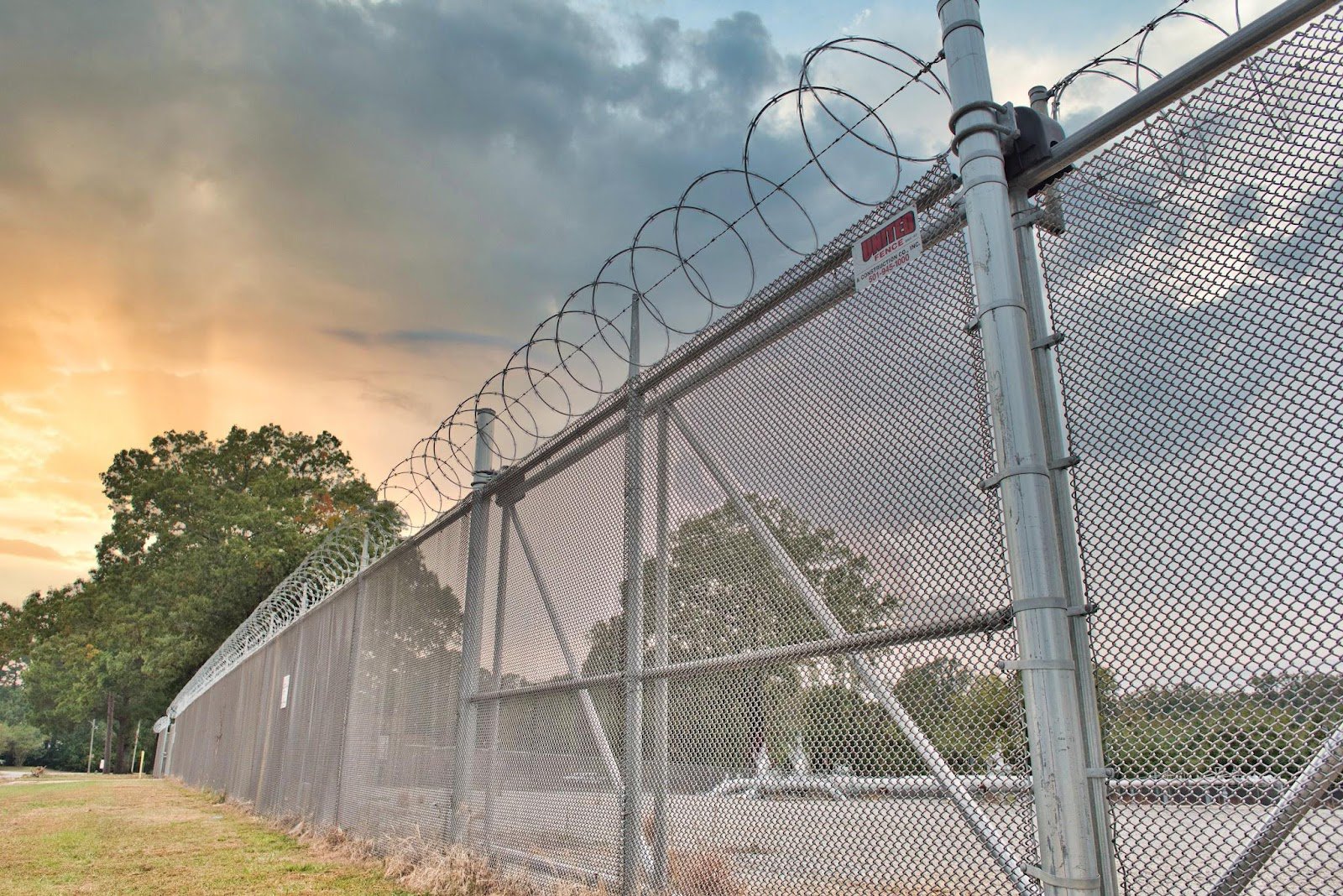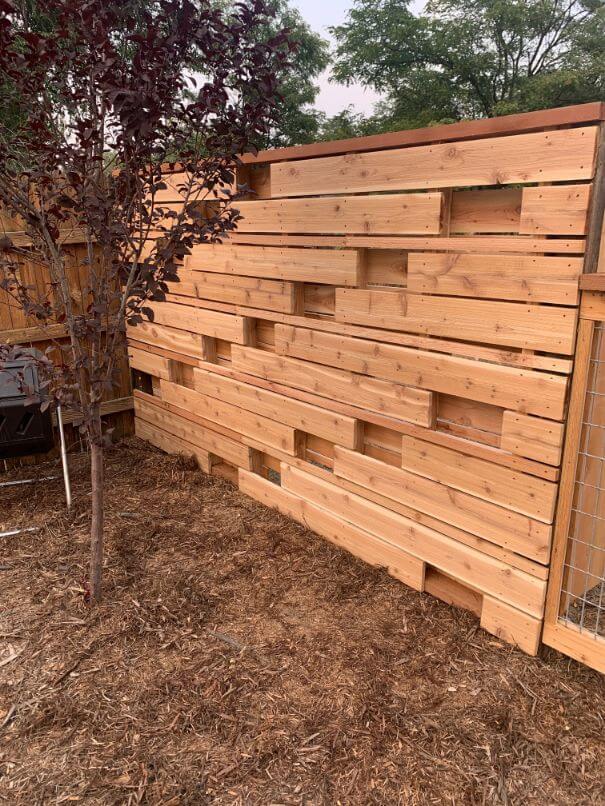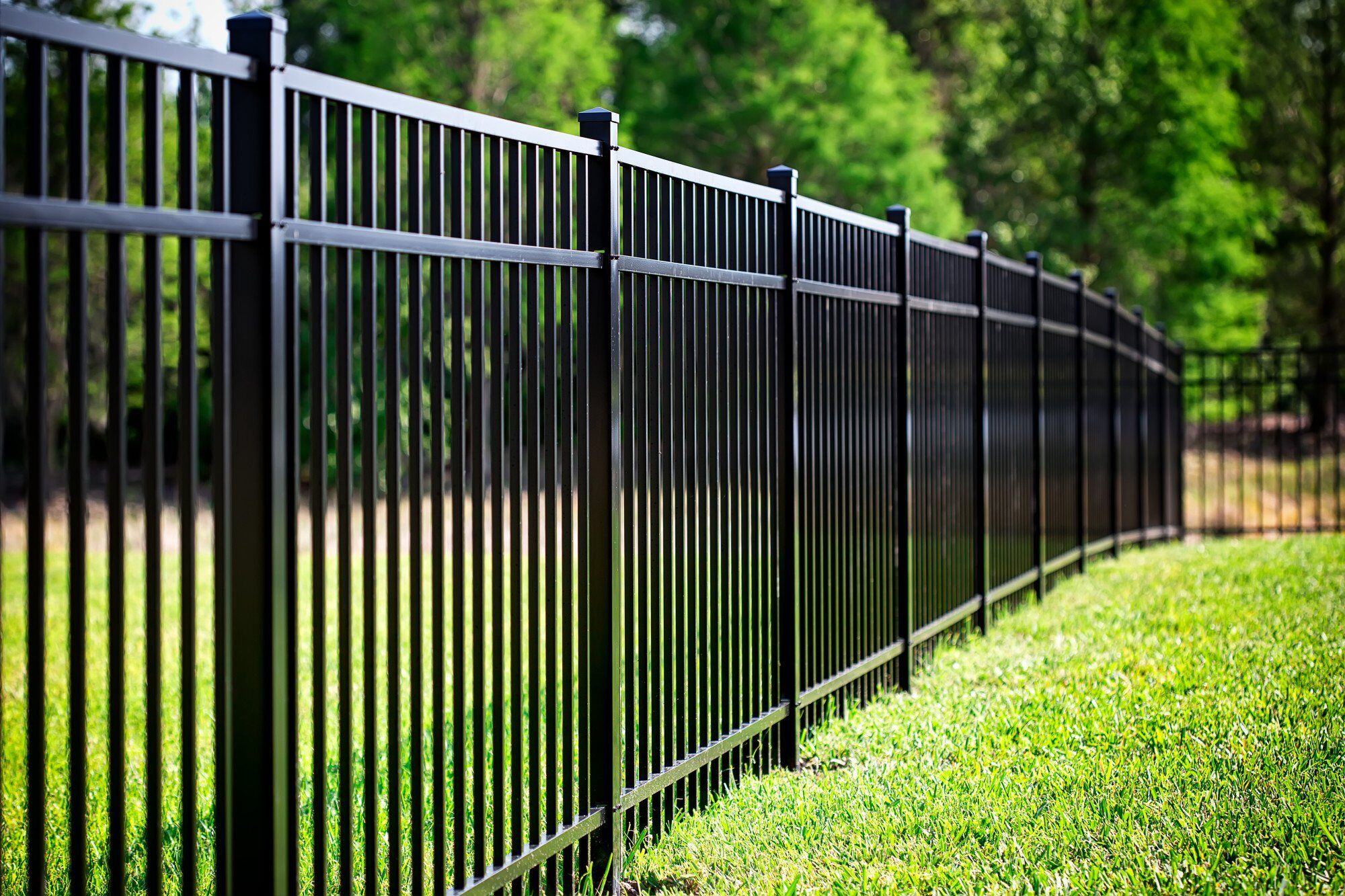All Categories
Featured
When it pertains to maintaining a wood fence, property owners frequently face the choice of whether to stain or repaint. Both options have their pros and cons, and the option ultimately depends on your visual choices, the kind of timber, and just how much maintenance you agree to devote to. Below's a thorough contrast to aid you make an informed choice.
The Fundamentals of Paint and Staining
Paint entails covering the timber with an opaque layer of color. It gives full protection, concealing the timber grain while supplying excellent protection against ecological aspects.
Discoloring permeates the timber, enhancing its all-natural elegance while including a protective layer. Depending on the type, discolorations can vary from clear to solid, enabling differing levels of wood grain exposure.
Pros and Cons of Paint
Pros:
Variety of Color styles: Repaint offers endless shade options, allowing you to match your fence to your home's outside or personal design.
Longer Enduring: Top notch exterior paint can last as much as 5-7 years, calling for less regular reapplication.
Superior Protection: Repaint kinds a thick, solid barrier versus dampness, UV rays, and pests.
Cons:
Splitting and peeling off: Over time, paint can fracture or peel, specifically in areas with severe weather.
Hides Natural Wood Appeal: If you like the natural grain of timber, paint may not be the most effective choice.
Greater Maintenance: Repainting calls for removing the old paint, which can be labor-intensive.
![]()
Advantages And Disadvantages of Staining
Pros:
All-natural Appearance: Stains protect and improve the natural elegance of the wood, making it optimal for high-grade timber like cedar or redwood.
Easier to Reapply: Unlike paint, stains do not split or peel off. Reapplying discolor generally requires less surface prep work.
Adaptable Complete Options: Discolorations been available in transparent, semi-transparent, and strong varieties, offering different levels of protection.
Disadvantages:
![]()
Shorter Life-span: Stains, semi-transparent and specifically clear ones, might require reapplication every 2-3 years.
Minimal Color Choices: While discolorations use natural tones, they lack the wide color palette readily available with paint.
Much Less Safety: Discolorations penetrate the wood but don't provide as thick a barrier as paint, making them slightly much less protective against severe weather condition.
Aspects to Take Into Consideration
Visual Preferences: If you desire vibrant colors and complete insurance coverage, paint is the method to go. For a natural and rustic look, select discolor.
Timber Kind: High-quality woods with stunning grains gain from staining, while lower-grade woods can be repainted for a sleek look.
![]()
Environment: In damp or damp climates, paint's thicker obstacle might offer better defense. In modest or dry climates, spots can suffice.
Maintenance Dedication: Painting involves much less frequent reapplication but even more initiative during touch-ups. Staining needs regular upkeep but is simpler to handle.
Final Ideas
Both painting and discoloration can effectively protect and enhance your wooden fencing. The finest alternative depends on your priorities, whether they lean towards looks, sturdiness, or simplicity of upkeep. By understanding the advantages and drawbacks of each, you can choose the surface that straightens with your needs and guarantees your fence remains a standout feature of your residential property for several years to find.
The Fundamentals of Paint and Staining
Paint entails covering the timber with an opaque layer of color. It gives full protection, concealing the timber grain while supplying excellent protection against ecological aspects.
Discoloring permeates the timber, enhancing its all-natural elegance while including a protective layer. Depending on the type, discolorations can vary from clear to solid, enabling differing levels of wood grain exposure.
Pros and Cons of Paint
Pros:
Variety of Color styles: Repaint offers endless shade options, allowing you to match your fence to your home's outside or personal design.
Longer Enduring: Top notch exterior paint can last as much as 5-7 years, calling for less regular reapplication.
Superior Protection: Repaint kinds a thick, solid barrier versus dampness, UV rays, and pests.
Cons:
Splitting and peeling off: Over time, paint can fracture or peel, specifically in areas with severe weather.
Hides Natural Wood Appeal: If you like the natural grain of timber, paint may not be the most effective choice.
Greater Maintenance: Repainting calls for removing the old paint, which can be labor-intensive.

Advantages And Disadvantages of Staining
Pros:
All-natural Appearance: Stains protect and improve the natural elegance of the wood, making it optimal for high-grade timber like cedar or redwood.
Easier to Reapply: Unlike paint, stains do not split or peel off. Reapplying discolor generally requires less surface prep work.
Adaptable Complete Options: Discolorations been available in transparent, semi-transparent, and strong varieties, offering different levels of protection.
Disadvantages:

Shorter Life-span: Stains, semi-transparent and specifically clear ones, might require reapplication every 2-3 years.
Minimal Color Choices: While discolorations use natural tones, they lack the wide color palette readily available with paint.
Much Less Safety: Discolorations penetrate the wood but don't provide as thick a barrier as paint, making them slightly much less protective against severe weather condition.
Aspects to Take Into Consideration
Visual Preferences: If you desire vibrant colors and complete insurance coverage, paint is the method to go. For a natural and rustic look, select discolor.
Timber Kind: High-quality woods with stunning grains gain from staining, while lower-grade woods can be repainted for a sleek look.

Environment: In damp or damp climates, paint's thicker obstacle might offer better defense. In modest or dry climates, spots can suffice.
Maintenance Dedication: Painting involves much less frequent reapplication but even more initiative during touch-ups. Staining needs regular upkeep but is simpler to handle.
Final Ideas
Both painting and discoloration can effectively protect and enhance your wooden fencing. The finest alternative depends on your priorities, whether they lean towards looks, sturdiness, or simplicity of upkeep. By understanding the advantages and drawbacks of each, you can choose the surface that straightens with your needs and guarantees your fence remains a standout feature of your residential property for several years to find.
Latest Posts
Why Chicago Drivers Trust Montclare Auto Repair for Dependable Service and Significant Savings
Published en
1 min read
Explore Special Auto Repair Specials in Chicago at Montclare Auto Repair
Published en
1 min read
Explore the Leading Auto Repair Discounts in Montclare, Chicago
Published en
1 min read
More
Latest Posts
Why Chicago Drivers Trust Montclare Auto Repair for Dependable Service and Significant Savings
Published May 26, 25
1 min read
Explore Special Auto Repair Specials in Chicago at Montclare Auto Repair
Published May 25, 25
1 min read
Explore the Leading Auto Repair Discounts in Montclare, Chicago
Published May 24, 25
1 min read